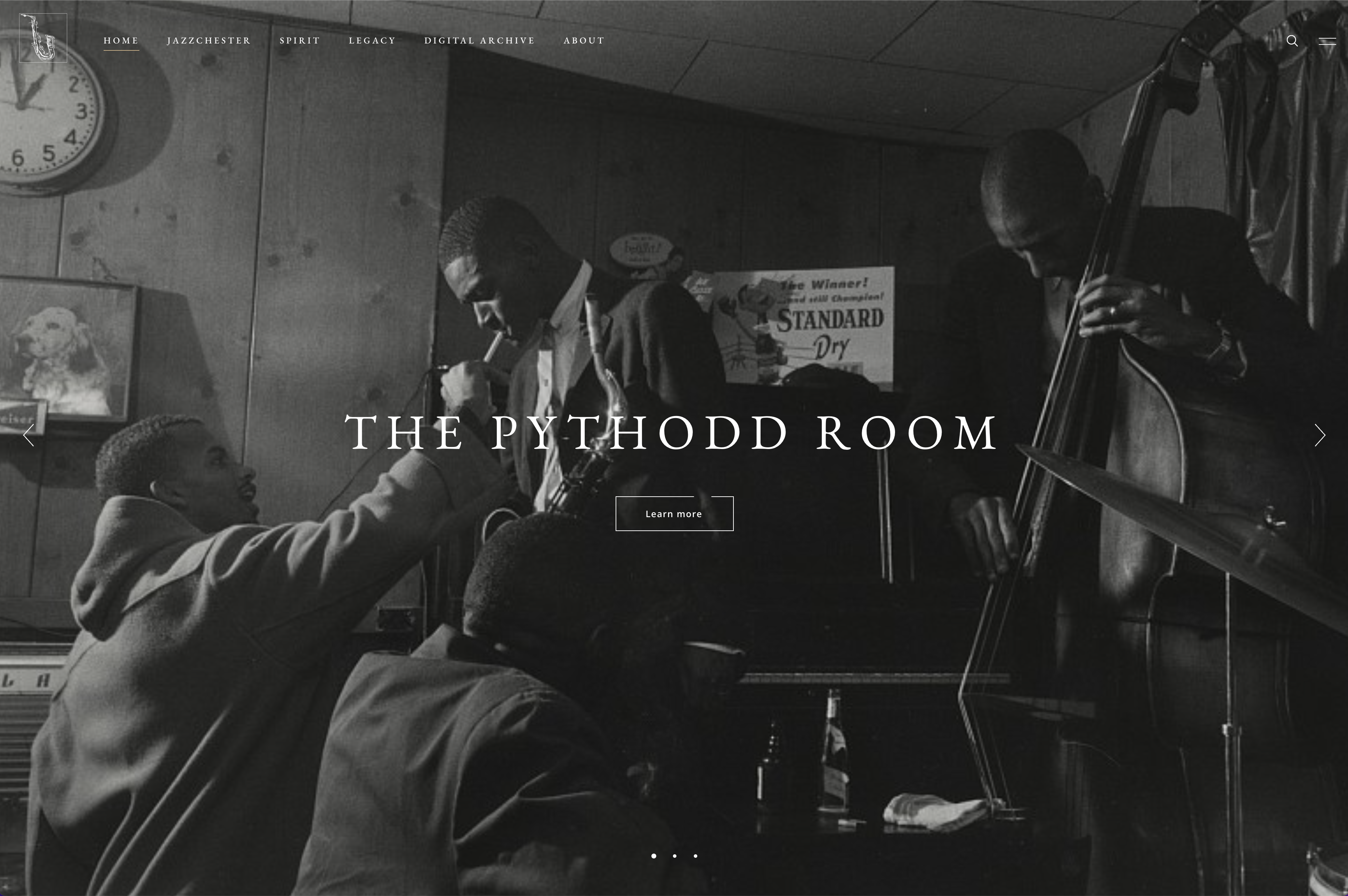The Pythodd Room (pronounced: Pith-ODD), located at the corner of Clarissa and Troup Streets from 1942-1973, boasted a diverse and impressive jazz scene. Its unique name comes from combining the Knights of Pythias and Odd Fellows, two fraternal organizations that originally ran it as a private club. In 1949, the club was opened to the general public.
Rochester was a regular stop on the Chitlin’ Circuit—a system and network where Black musicians could work around Jim Crow Era practices of discrimination. Despite stiff competition from the over two dozen jazz clubs that existed in Rochester during the Pythodd Room’s era, the club played a central role. Many musicians who played at the Pythodd struck up lifelong friendships with its patrons.
Famous performers who stopped by included Jimmy Smith, Stevie Wonder, Alice McLeod (Coltrane), Irene Reid, George Benson, Shirley Scott, Ron Carter, as well as Rochester’s own Pee Wee Ellis, Roy McCurdy, Chuck Mangione, and Gap Mangione. For three decades, artists graced the stage until the Pythodd closed its doors in September 1973.
Rochester’s reputation as a jazz town stemmed from Clarissa Street’s strong musical roots and welcoming hospitality. The sounds of music, laughter, and conversation among old and new friends evoked a joyful and spirited feeling that remained unforgettable to the people who gathered at the Pythodd.
Image: University of Rochester Archive



